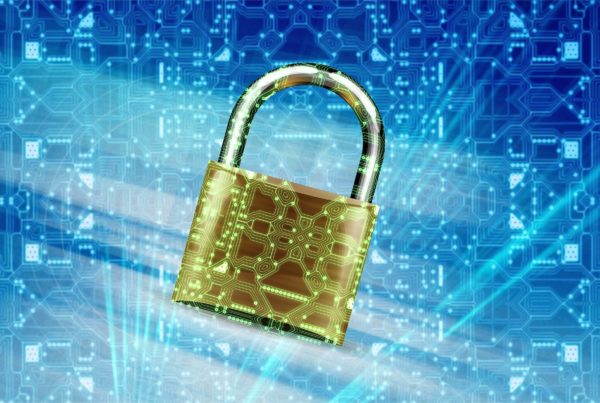In this article on how to stop phishing emails, we will explore effective strategies and mitigation techniques to enhance your overall security posture.
Phishing emails have become a prevalent method used by attackers to deceive individuals and gain unauthorised access to sensitive information. These deceptive messages can lead to malware infections, financial loss, and compromised systems. In order to protect yourself and your organisation from phishing attacks, it is essential to implement multi-layered defences and educate users on how to identify and report phishing emails.
The 4-Layer Approach to Stop Phishing Emails
The National Cyber Security Centre recommends a 4-layer approach to stop phishing emails. Preventing phishing emails requires a multi-layered approach that combines technical defences, user education, and proactive incident response. By implementing these strategies and mitigation techniques, you can significantly reduce the risk of falling victim to phishing attacks and protect your organization’s sensitive information.
Layer 1: Block Attackers from Reaching Users
Prevent Email Spoofing: Encourage the use of DMARC, SPF, and DKIM protocols to prevent email spoofing and protect your domain from being impersonated.
Reduce Attackers’ Information: Assess the information available on your website and social media profiles that could be exploited by attackers. Educate employees on the importance of protecting personal and corporate information to minimise the risk of spear phishing attacks.
Filter or Block Phishing Emails: Implement robust filtering or blocking mechanisms at the server level to detect and prevent phishing emails from reaching users. Consider using cloud-based email providers or installing filtering services on your email server.
End-User Email Filtering: Enable end-user email filtering to provide an additional layer of protection against malicious emails. Customise filtering rules based on IP addresses, domain names, attachment types, and virus detection to minimise the risk of phishing attacks.
Layer 2: Help Users Recognise and Report Phishing Emails
Phishing Awareness Training: Conduct phishing awareness training sessions to educate users about the characteristics of phishing emails and how to identify them. Emphasise the importance of reporting suspicious emails and create a culture where users feel comfortable seeking help and reporting incidents.
Phishing Indicators: Help users spot phishing emails by highlighting urgency or authority indicators commonly used by attackers. Provide resources and tools to assist users in recognising and reporting phishing attempts.
Encourage Reporting: Establish an easy and confidential reporting mechanism for users to report phishing attempts. Provide prompt feedback on reported incidents to demonstrate the value of user contributions and reinforce the importance of reporting suspicious activity.
Layer 3: Guard Against Unnoticed Phishing Emails
Malware Protection: Ensure devices have up-to-date anti-malware software and implement best practices for device and software patching. Limit administrator accounts to prevent phishing emails from compromising privileged accounts.
Protect Against Harmful Websites: Modern browsers and proxy services can block access to phishing and malware-hosting websites. Consider implementing a proxy service to enhance protection against phishing attacks.
Authentication and Authorization: Implement multi-factor authentication (MFA) or two-step verification (2SV) to add an extra layer of security to account logins. Limit privileged access to individuals who require it and regularly review and revoke access as necessary.
Layer 4: Handle Incidents Swiftly
Incident Reporting: Ensure users are aware of how to report security incidents, even in the event of compromised devices. Establish a security logging system to detect and collect information on potential incidents.
Incident Response Preparation: Develop and regularly test incident response plans to ensure a swift and coordinated response to security incidents. Practice your response through exercises and simulations to improve incident management capabilities.
Conclusion
Remember to stay vigilant, keep security measures up to date, and foster a culture of reporting and awareness to stay one step ahead of attackers.






